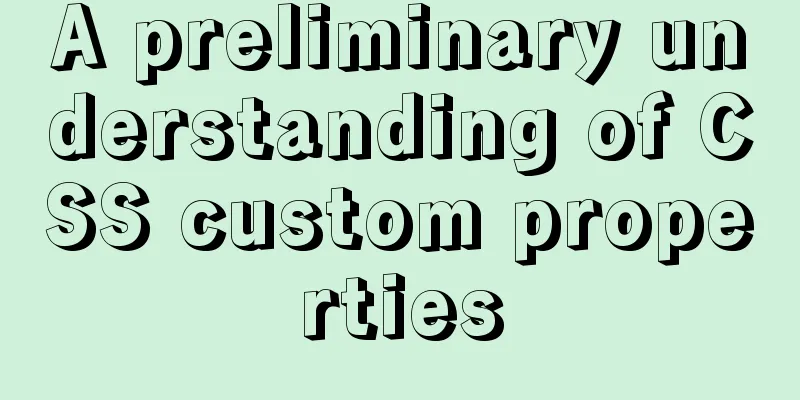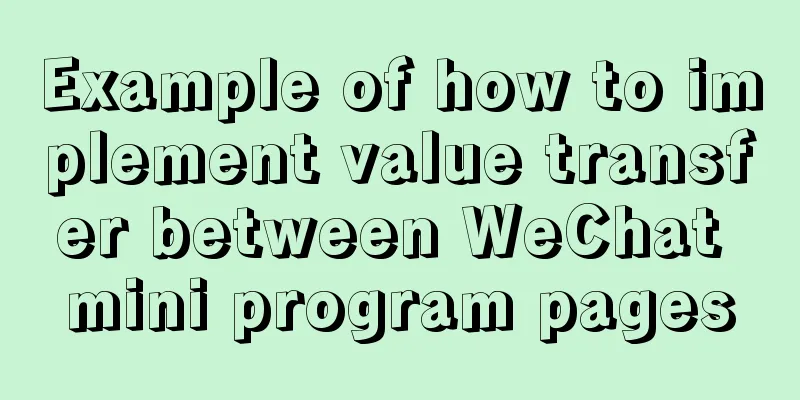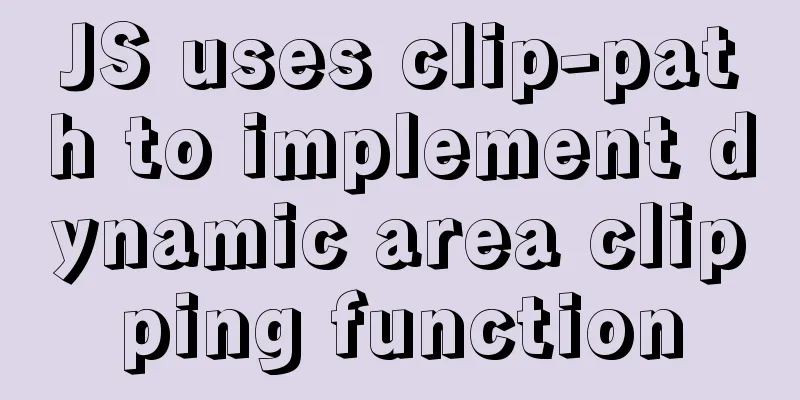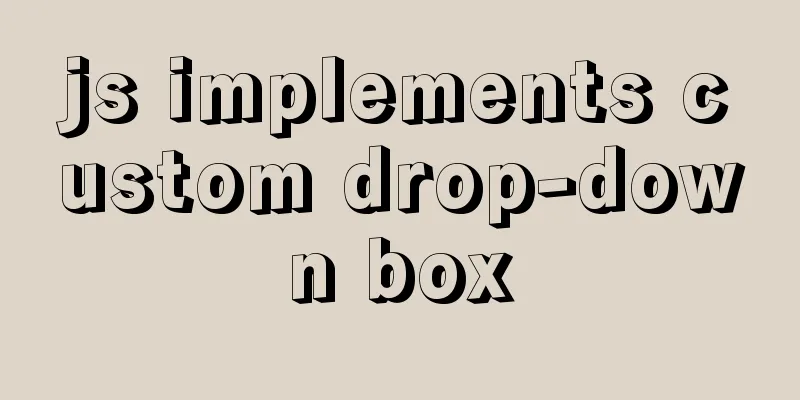Web Design TabIndex Element

|
TabIndex is to press the Tab key to sequentially obtain the defined TabIndex elements and set the focus between each element. Anyone who has made or filled out a form will find that using the Tab key can get the focus of each input one by one. This thing can actually be modified, for example, if you don't want it to be obtained, or change the order in which it is obtained. When filling out a form (registration, login or other), many users do not use the mouse, but directly press the Tab key to jump to the next text box, wait until everything is filled in, and then submit. This is a very good and convenient feature. My personal habit is that after filling out all the information, I usually submit by clicking the submit button with the mouse, and I don’t want the Tab key to make the focus jump to the button. However, I rarely find that the Tab key does not jump to the button. I don’t know if it’s because of my personal habit-_-!!! If you don’t want something to get the focus, you can set tabindex=-x to make the value of tabindex negative, so that Tab will skip it directly. Here is an example using a simple form: Tip: You can modify some of the code before running Copy code The code is as follows:<form method="post" action="#"> <p><label for="t1">The first pressing Tab to set focus to textbox </label><input type="text" id="t1" tabindex="1" /></p> <p><label for="t2">The Second pressing Tab to set focus to textbox </label><input type="text" id="t2" tabindex="2" /></p> <p><label for="t3">The Third pressing Tab to set focus to textbox </label><input type="text" id="t3" tabindex="3" /></p> <p>Press Tab, Not focusing to textbox <input type="submit" id="t4" tabindex="-1" value="SendInfo" /></p> </form> When using the Tab key, the order in which the focus is acquired is sorted by the value of tabindex. In the above example, t1, t2, and t3 are focused in turn. When it comes to t4, since the value of TabIndex is -1, t4 will not get the focus, but will directly jump to the next element that gets the focus. The TabIndex values of t1, t2, t3, and t4 can be changed arbitrarily according to actual needs, and the Tab focus is obtained from small to large values. TabIndex is used to do this. . . |
<<: WeChat applet implements search box function
>>: Detailed explanation of MySQL index selection and optimization
Recommend
Sharing the structure and expression principles of simple web page layout
Introduction to structure and performance HTML st...
WeChat applet implements countdown for sending SMS verification code
This article shares the specific code for the WeC...
Which loop is the fastest in JavaScript?
Knowing which for loop or iterator is right for o...
Graphical steps of zabbix monitoring vmware exsi host
1. Enter the virtualization vcenter, log in with ...
Detailed explanation of Linux netfilter/iptables knowledge points
Netfilter Netfilter is a packet processing module...
Detailed explanation of HTML style tags and related CSS references
HTML style tag style tag - Use this tag when decl...
Detailed explanation of Linux system directories sys, tmp, usr, var!
The growth path from a Linux novice to a Linux ma...
Several ways to generate unique IDs in JavaScript
Possible solutions 1. Math.random generates rando...
Summary of the switching problem and solution of installing multiple JDK versions in win10 64-bit system
Since myeclipse2017 and idea2017 are installed on...
The whole process record of introducing Vant framework into WeChat applet
Preface Sometimes I feel that the native UI of We...
Detailed explanation of Nginx proxy_redirect usage
Today, I encountered a little problem when I was ...
Using JS to implement a rotating Christmas tree in HTML
<!DOCTYPE HEML PUBLIC> <html> <hea...
js canvas implements verification code and obtains verification code function
This article example shares the specific code of ...
HTML form tag usage learning tutorial
Forms in HTML can be used to collect various type...
How to use Vue-router routing
Table of contents 1. Description 2. Installation ...









